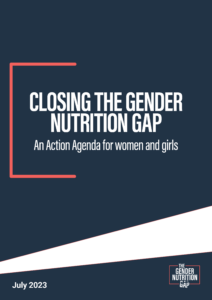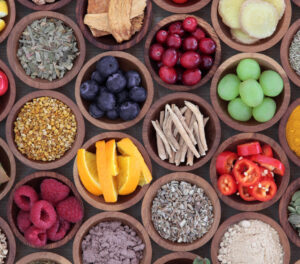The gender nutrition gap is the way in which women and girls’ unique biological needs, disparities in access to food & services and harmful social norms have a bearing on their health and economic outcomes.
Malnutrition, in its many forms, is robbing women and girls of the lives they deserve – causing death, extreme and normalized fatigue, lower resistance to disease, and poor concentration, impacting them in school, work and at home.
It’s complicated. But it’s also simple. It’s devastating. But it’s also preventable.
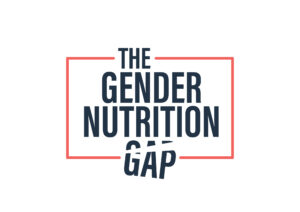
We find this unacceptable. Are you with us?
More than 40 organizations have signed on to the Closing the Gender Nutrition Gap: An Action Agenda for women and girls, demanding rapid and urgent change to the global systems generating unfair outcomes for women and girls. We want to see political accountability, powerful leadership and sustained investment so that all women and girls – and their potential – is nourished.
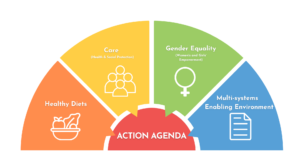
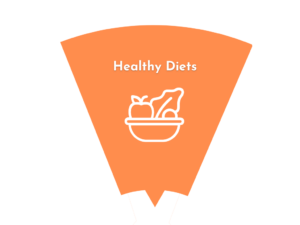
Improve diet quality. Safe, nutritious foods are available, accessible, and affordable to all women and girls.
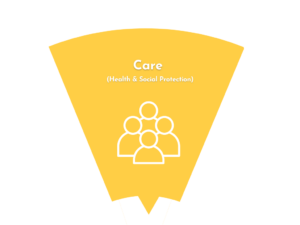
Strengthen the care system. Expand quality health and nutrition services and improve linkages with social protection services for women and girls.
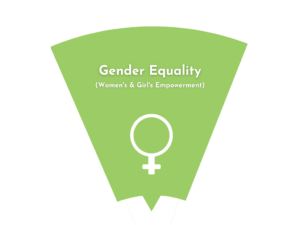
Promote gender equality to address the fact that nutrition is a gendered issue.
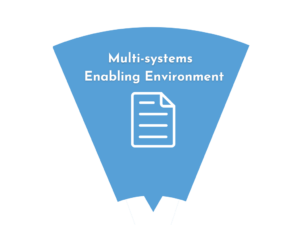
Foster a multi-systems enabling environment for women’s and girls’ nutrition.
Nutrition during the first 1,000 days of life between pregnancy and a child’s second birthday set the foundation for all the days that follow. Maternal nutrition interventions have been linked to significant increases in GDP, with multiple micronutrient supplementation during pregnancy having a rate of return of up to 1.16 for every dollar invested.
Good maternal nutrition supports a woman during this special time and improves nutrition outcomes throughout a child’s life, increasing their cognition and overall development as well as and life-long resistance to non-communicable disease.

We cannot close the Gender Nutrition Gap without data. Today, an array of diet quality metrics are available for use, yet there are important differences to consider when choosing a metric for a particular context, such as the time and resource requirements for data collection and metric tabulation, and the type of information and level of detail the metric provides about the diet consumed. One such metric, which can be used to guide policy making, is the Global Diet Quality Score (GDQS) -– the first metric validated for global use to capture diet quality. The GDQS metric and App have been designed by FHI Solutions’ Intake – Center for Dietary Assessment to assess, monitor, and evaluate progress towards achieving population level diet quality.
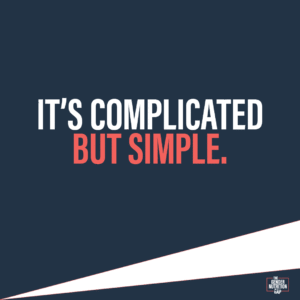
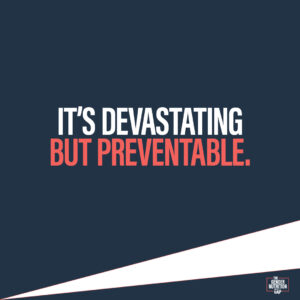
Updates
Update test 1
Lorem ipsum event description Lorem ipsum event description Lorem ipsum event description
Policy Brief on climate, ag, food system nexus
Lorem ipsum event description Lorem ipsum event description Lorem ipsum event description
FAQ on Action Agenda
Lorem ipsum event description Lorem ipsum event description Lorem ipsum event description
GDQS and women’s nutrition brief
Lorem ipsum event description Lorem ipsum event description Lorem ipsum event description
